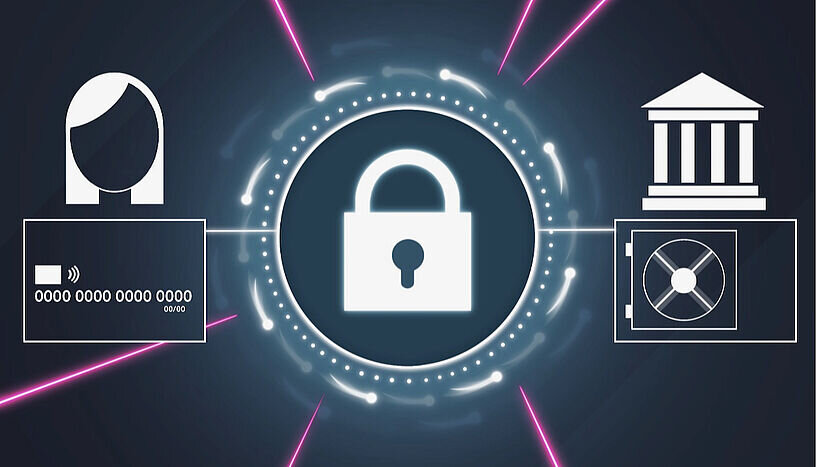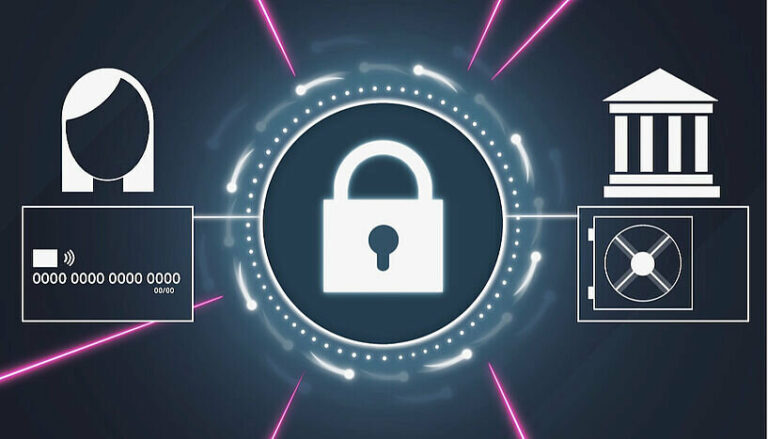Quantum Physicists Develop Inherently Secure System for Digital Payments
Have you ever felt compelled to input sensitive payment information on the website of an unfamiliar merchant? Would you willingly entrust your credit card details or passwords to untrustworthy entities? Scientists from the University of Vienna have introduced an unconditionally secure system for conducting transactions in such scenarios, combining contemporary cryptographic techniques with the fundamental properties of quantum light.
The successful demonstration of these “quantum-digital payments” in a real-world context has been published in Nature Communications. As digital payments have taken precedence over physical banknotes in various aspects of daily life, their usability, uniqueness, tamper resistance, and untraceability should mimic the qualities of traditional currency. Moreover, they need to withstand potential threats from digital attackers and data breaches.
In the current payment landscape, customers’ sensitive data is replaced by sequences of random numbers, with the uniqueness of each transaction secured through classical cryptographic methods or codes. However, adversaries and merchants armed with formidable computational resources can potentially decipher these codes, compromising customers’ private data and making unauthorized payments on their behalf.

Led by Prof. Philip Walther, a research team at the University of Vienna has demonstrated how the quantum properties of light particles or photons can guarantee unconditional security in digital payments. In their experiment, the researchers showcased that each transaction is impervious to duplication or diversion by malicious parties, ensuring the user’s sensitive data remains private. Tobias Guggemos remarked, “I am truly impressed by how the quantum properties of light can be harnessed to protect new applications such as digital payments that are relevant in our everyday lives.”
To establish unequivocally secure digital payments, the scientists replaced classical cryptographic techniques with a quantum protocol leveraging single photons. In a traditional digital payment transaction, the client shares a classical code, known as a cryptogram, with their payment provider, such as a bank or credit card company.
In the demonstrated quantum protocol, this cryptogram is generated by the payment provider sending specially prepared single photons to the client. During the payment process, the client measures these photons, with the measurement settings contingent on the transaction parameters. As quantum states of light cannot be replicated, the transaction can only be executed once. This, combined with the fact that any deviation from the intended payment alters the measurement outcomes, which are verified by the payment provider, renders this digital payment unconditionally secure.
The researchers successfully implemented quantum-digital payments over an urban optical fiber link spanning 641 meters, connecting two university buildings in downtown Vienna. Although the current protocol takes a few minutes of quantum communication to complete a transaction to ensure security in the presence of noise and losses, Peter Schiansky, the paper’s first author, notes, “These time limitations are only of technological nature.” Matthieu Bozzio is confident that “we will witness quantum-digital payments achieving practical performance in the very near future.”
This article is republished from PhysORG under a Creative Commons license. Read the original article.
Do not forget to share your opinion with us to provide you with the best posts !




0 Comments